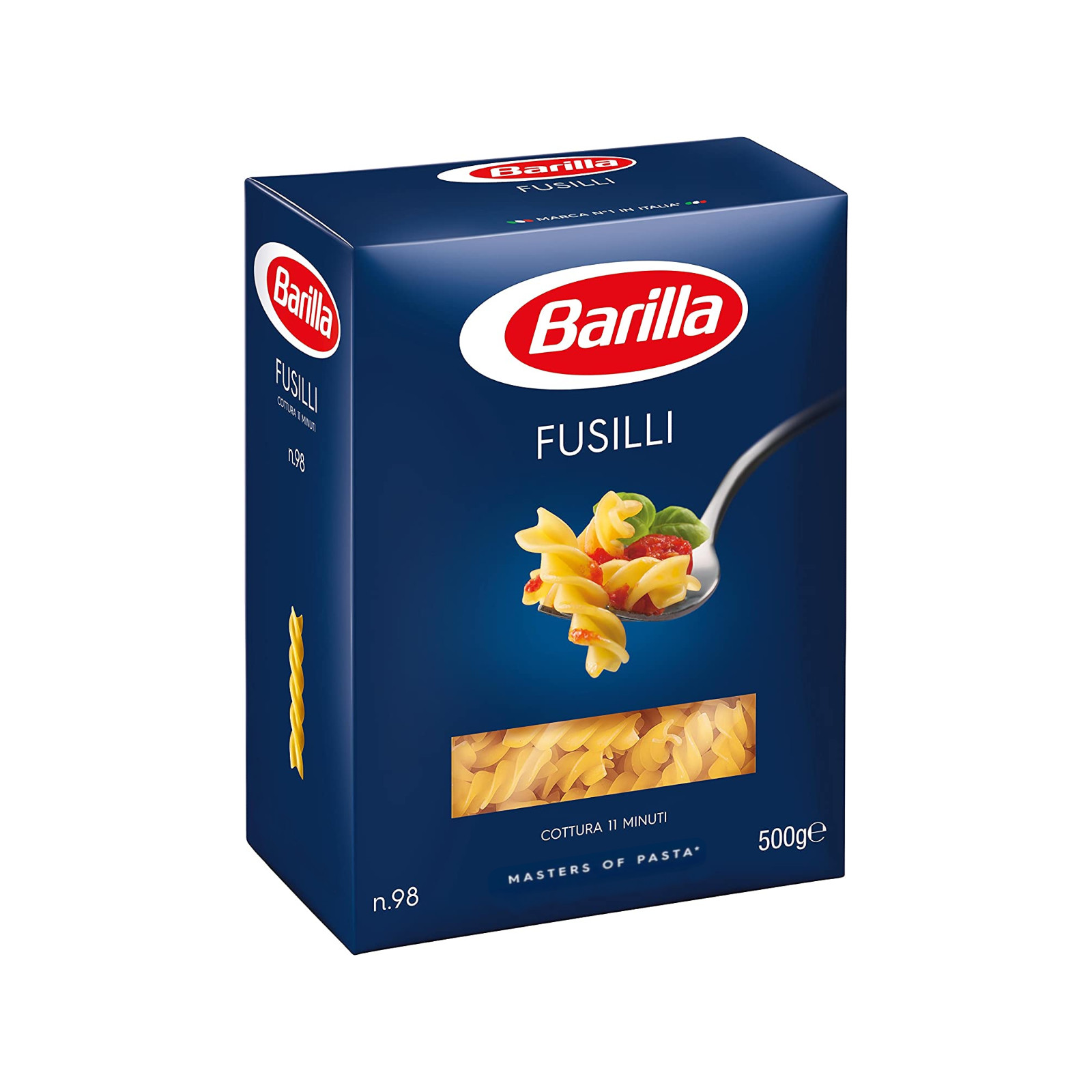

It’s always ridged, with square-cut ends similar to ziti. Slightly shorter and wider than ziti and penne, rigatoni can be straight or slightly curved, depending on the extrusion process. It’s closely related to ziti candele (or just candele), another type of pasta that’s twice the width and three times the length and needs to be broken up into pieces before cooking so it can fit into a pot. The word “ziti” comes from the world for “bridegroom” or “the betrothed,” and it’s traditionally served as the first course of a wedding lunch.

Notably, its ends are cut straight rather than at a diagonal, making it possible to distinguish it from penne without pulling out a ruler. ZITIĪ whopping 0.12 inch shorter and 0.25 mm thicker than penne, ziti is a smooth-exteriored pasta that hails from Naples, Italy. Penne can be smooth ( lisce) or ridged ( rigate), with the ridged ones being a bit sturdier and more soak-up-the-sauce-able than its smoother siblings. A whopping 0.12 inch shorter and 0.25 mm thicker than penne, ziti is a smooth-exteriored pasta that hails from Naples, Italy. Length: 2 inches Width: 0.4 inches Wall thickness: 1.25 mm. But its actually an ingenious design ideal. “Penne” comes from the Italian word for “quill,” and if you take a thoughtful look at it, it’s not hard to see why: the pasta, like its namesake, has its ends cut at an angle, gifting it with a particularly large surface area for a sauce to be drawn into the tubes. Penne can be smooth (lisce) or ridged (rigate), with the ridged ones being a bit sturdier and more soak-up-the-sauce-able than its smoother siblings. Each al dente forkful of our imported Italian Penne Rigate appears as simply just thick, tubular pasta with ridges. And, like all pastas, they are very good to eat.įor the differences, I turned to The Geometry of Pasta for help. Their large surface areas are wonderful transportation vehicles for meaty sauces as well as simpler ones. Penne, ziti, and rigatoni are all hollow, cylindrical pastas made using the extrusion process, where the dough is forced through a die into the desired shape. Let’s start with what makes them confusing. I ask you this: Do you know the difference between penne and ziti? I didn’t. So why, you may ask, would we start with ones that are so… basic? Why not deal in the reginettis and the pizzocheris and the strozzaprettis, the show-offy, fun-to-say varietals that will make you sound sofisticato at your next dinner party? Penne is a popular ingredient in pasta salads. Serve immediately.It’s been almost a year and a half of What’s the Difference-ing, and we have yet to delve into the vast, varied world of pasta shapes. Penne is traditionally cooked al dente and served with pasta sauces such as pesto, marinara, or arrabbiata.

Off heat, toss with the grated cheese and basil. Cook and toss the pasta in the sauce until all of the pasta is coated with the sauce. Undercooked pasta is undesirable and has a taste of raw flour, whereas overcooked pasta will be. When the pasta is al dente, scoop it out of the pot with a strainer or spider and add directly to the sauce. Cooked pasta should be al dente or firm to the bite. Bring to a boil, and cook until the sauce comes together and thickens again, about 3 minutes. Once the sauce has thickened, remove the garlic cloves, and add the half-and-half and vodka. When the sauce is almost done, add the pasta to the pot of boiling water and stir. Stir in ricotta, 1/2 cup Parmesan, and ½ cup mozzarella into the. Meanwhile, in a small bowl, lightly beat egg. Bring to a simmer, and cook until thickened, about 10 to 12 minutes. Cook pasta until al dente, about 2 minutes less than package instructions drain. Artisans of Al Dente: The perfect al dente bite is achieved when. Once the onion has softened, add the crushed tomatoes, slosh out the can with about a cup of water, and add that, too. This method respects the ingredients, preserving the pastas color, texture and aroma. Ladle in about ½ cup pasta water, and simmer to break down the onion, about 2 to 3 minutes.

Let the onion and garlic sweat a few minutes, without coloring then, in a hot spot, add the crushed red pepper. In a large skillet over medium heat, melt the butter in the olive oil. Bring a large pot of salted water to a boil for the pasta.


 0 kommentar(er)
0 kommentar(er)
